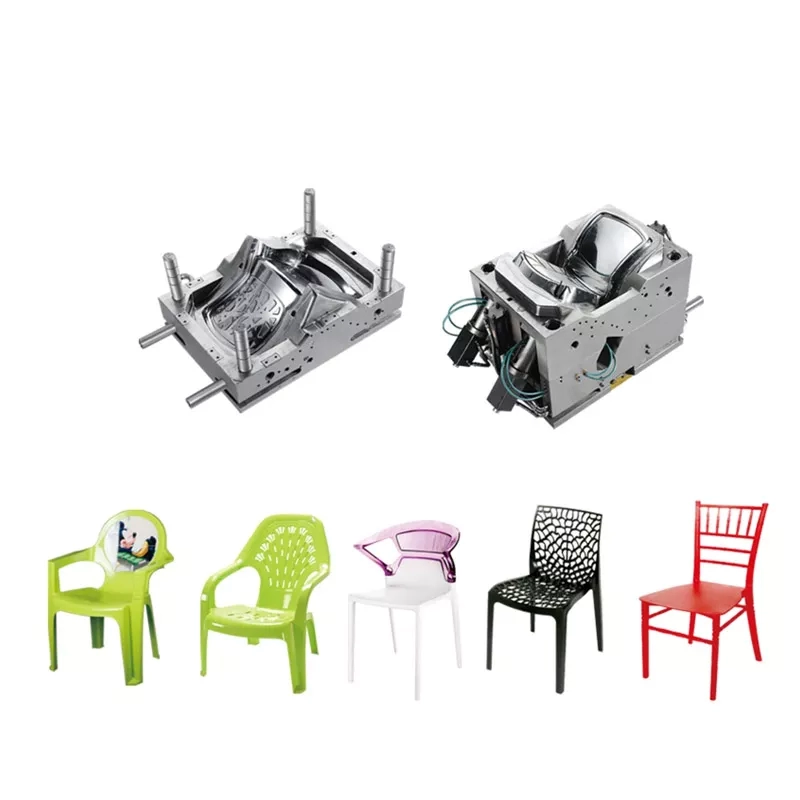Weld Line Defects in injection molding
- 2021-08-13
Weld line defects in injection molding is a line or lines on the part surface that caused the part looking ugly or cuased part lifetime, or even broken easily. These weld lines occur usually around holes or at the material flow joint area in the injeciton molded part, some welding lins is very small, specially if the molded part made in firber glass material, must be very carfully in the massive production.
Several years ago a customer transferred an old single cavity mold to our facility. The part was a very simple rectangular ring. It had two sub-gates, one at each end of the part on the short side of the rectangle. The material was glass-filled and made a very strong part.
We made our first sample submission and were approved for production immediately. The next day we delivered the first parts for their order. A couple of weeks after the plastic parts were delivered I received an email from our customers General Manager thanking us for the very fast service, then he went on to say none of the parts were usable because they did not pass “the hammer test”. The first words out of my mouth were “what is the hammer test? And why wasn’t this test requirement talked about before this”. after communication I observed the hammer test. It was quite simple; the part was set on a metal table so it stood up resting on its long axis. A technician then proceeded to beat the daylights out of the part with the pointy end of a steel masonry hammer.
The part broke in the very middle of the long side. I examined the part and asked if they had this problem before. The general manager said this happens all the time and it is a major problem. As it turned out the hammer was used to seat a metal piece between two of the plastic parts to make the assembly. The metal pieces were too stiff to assemble by hand so the hammer was used.
My further examination showed that the failure had occurred at one of the weld lines in the part. Weld lines occur when plastic flows around a core and then joins back together, maybe sometimes you can not see this by eyes, but if the part has a function requirement, like this case the part need load some power, so even the weld lines does not existing still will be broken, because there is still joint line that that filling joint area. The solution was very simple, the problem was that no one looked at the way the part was gated and how the part would be assembled. I told the Custom that we will slightly change the mold a little and send you the new samples that would not break.
I had one of our mold makers take the mold apart and we simply blocked off one of the two gates. This meant that all the material would flow through one gate and the single weld line that resulted from the new flow pattern would be on the short axis. The old flow pattern produced a weld line in the middle of both of the long sides. We tested the parts with our own hammer and could not produce a failure. I immediately sent the newly re-gated parts to the customer and asked them to test them with their hammer. They could not break the parts either, we took the first parts back and scrapped them and we delivered the new parts the next two days.
-
TAG:







Send Your Inquiry Now